The Physical Sciences Area seeks to understand the fundamental physics of the universe at scales ranging from the infinitely small, inside the world of subatomic particles and nuclei, to the infinitely large, in the structure and evolution of the universe. To tackle these two infinities, we develop cutting-edge tools and technologies, coupled with creative scientific insights, that advance scientific knowledge and ultimately benefit society.
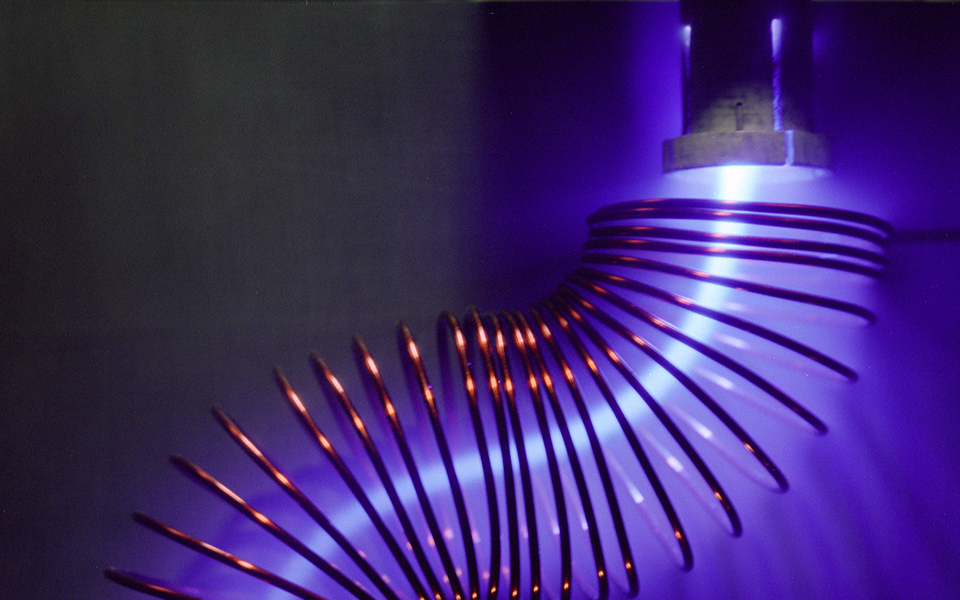
The Accelerator Technology & Applied Physics (ATAP) Division invents, develops, and deploys particle accelerators and accelerator-based photon sources to explore and control matter and energy.
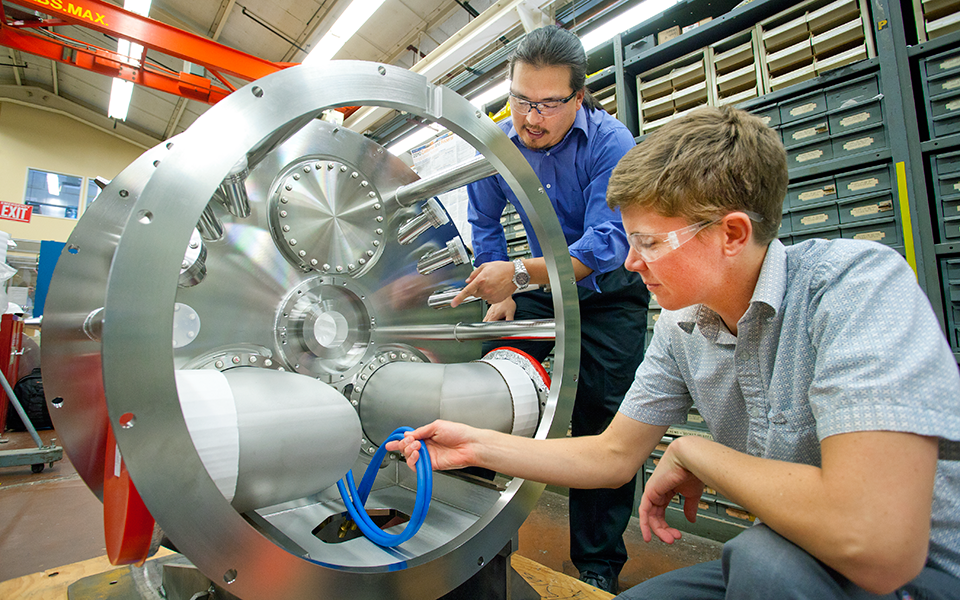
The Engineering Division builds advanced scientific instrumentation that enables many of the research breakthroughs achieved by Berkeley Lab. These discoveries are the direct result of the integrated coordination and deployment of professional engineering and specialized technical resources.
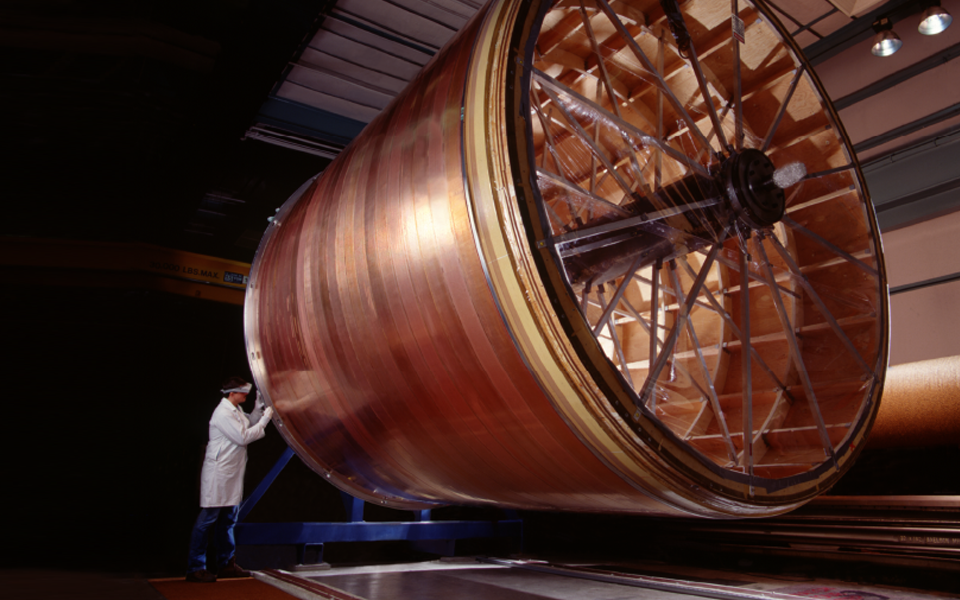
The Nuclear Science Division conducts basic research aimed at understanding the structure and interactions of nuclei and the forces of nature as manifested in nuclear matter.
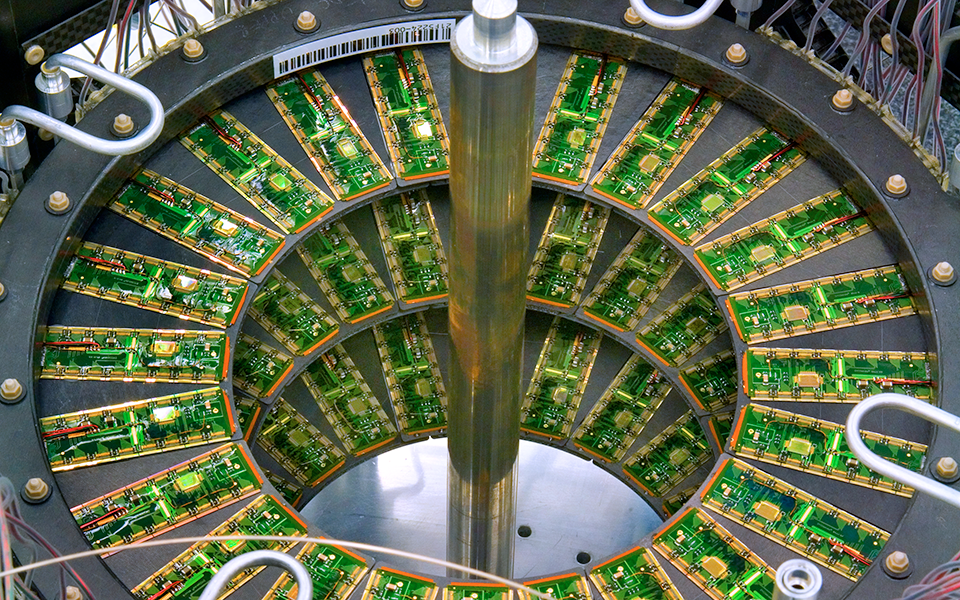
Interactions between matter and energy shape our world and the universe around us. Physics Division researchers are studying these interactions from the innermost confines of subatomic particles to the outermost reaches of the cosmos.
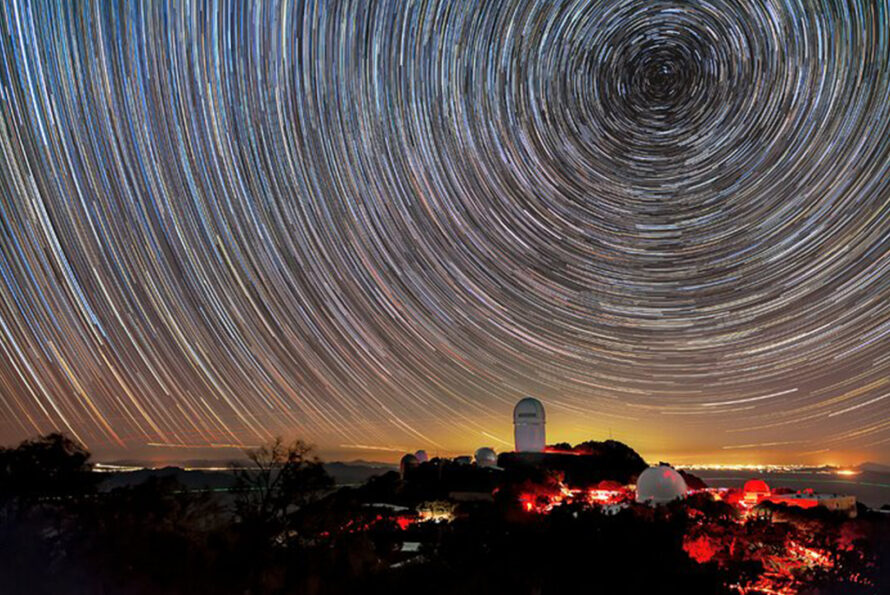
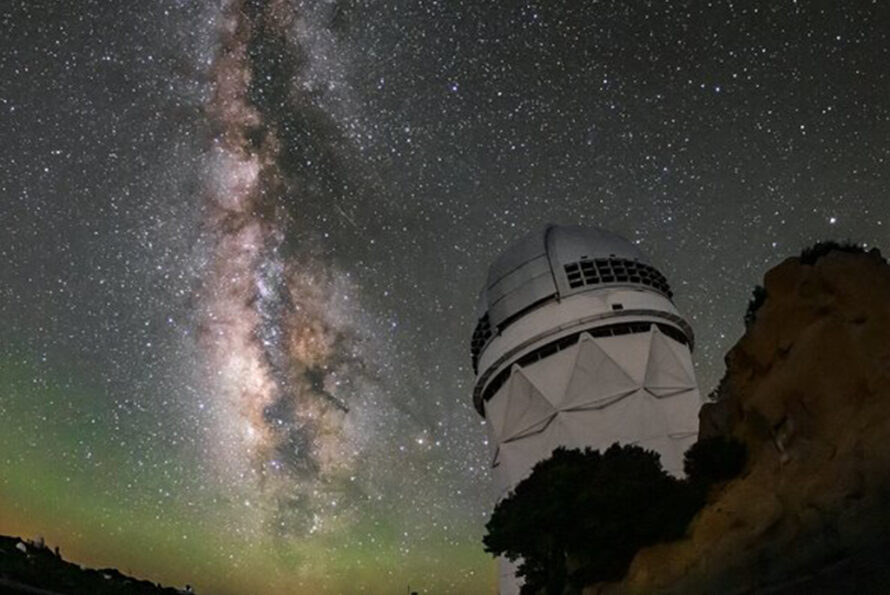

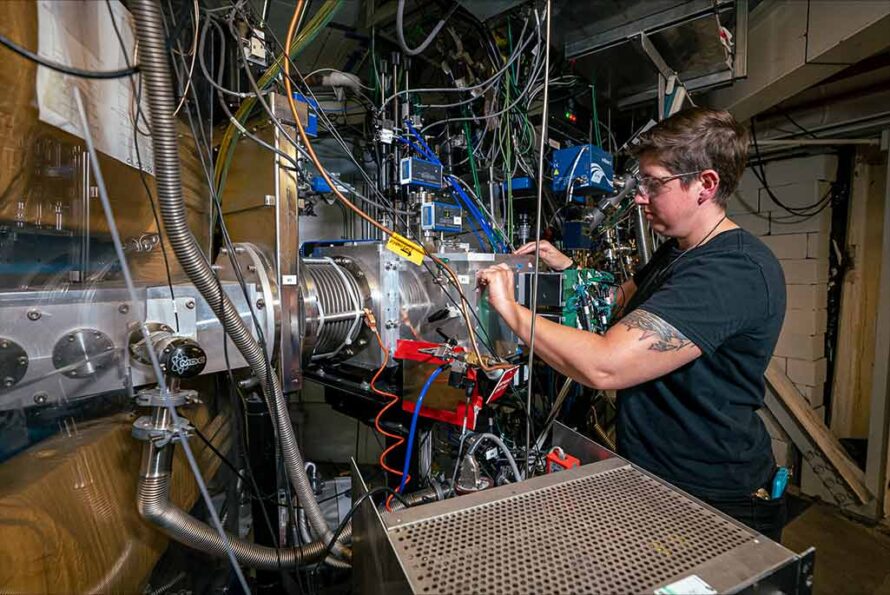
In this short video, Nuclear Science Division researchers at Berkeley Lab’s 88-Inch Cyclotron show how they’ve successfully made superheavy element 116 using a beam of titanium-50, setting the team up to attempt making the heaviest element yet: 120.
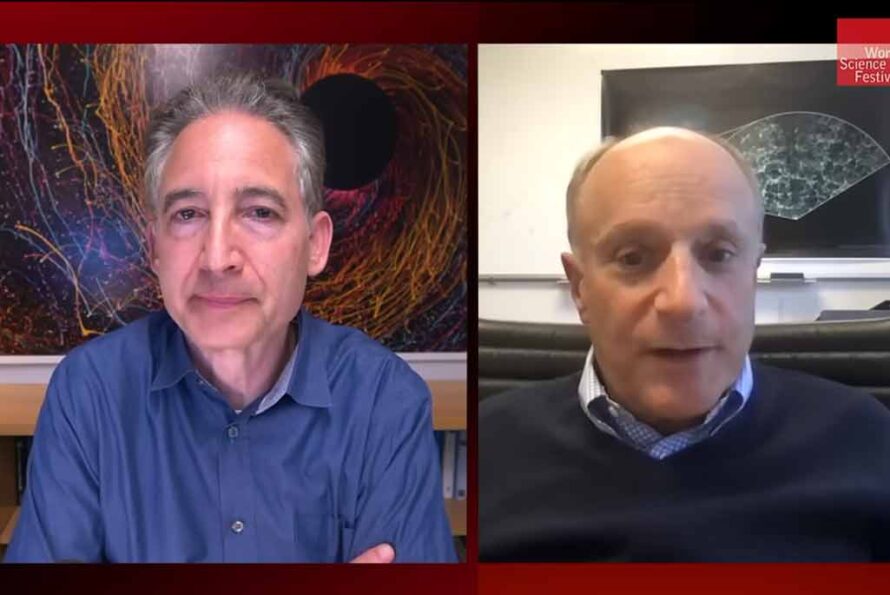
In this interview with Brian Greene, DESI Director Michael Levi discusses new observations that may change our understanding of dark energy and the expansion of the universe.
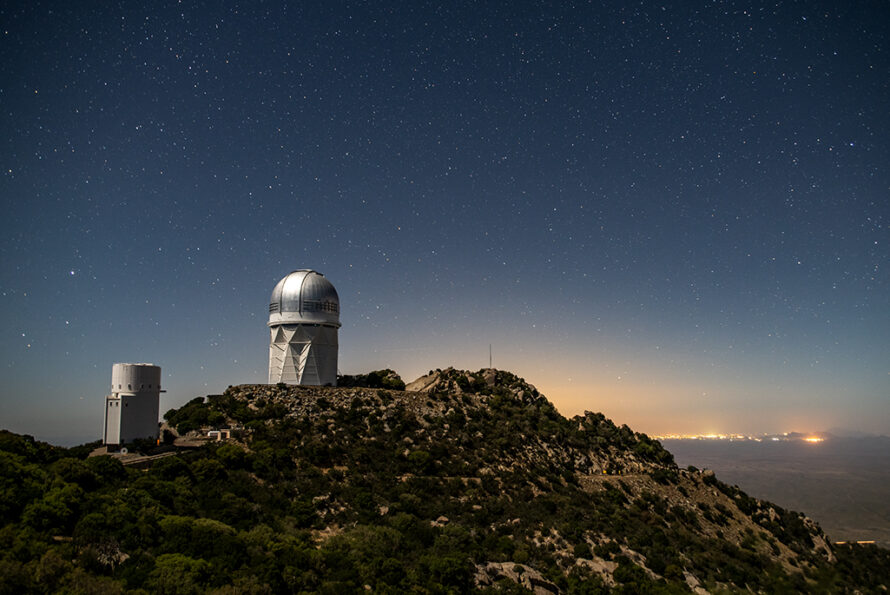
The Dark Energy Spectroscopic Instrument (DESI) now has an official YouTube channel, with videos about the experiment including updates on the collaboration’s new data analysis and public data release on March 19, 2025.
